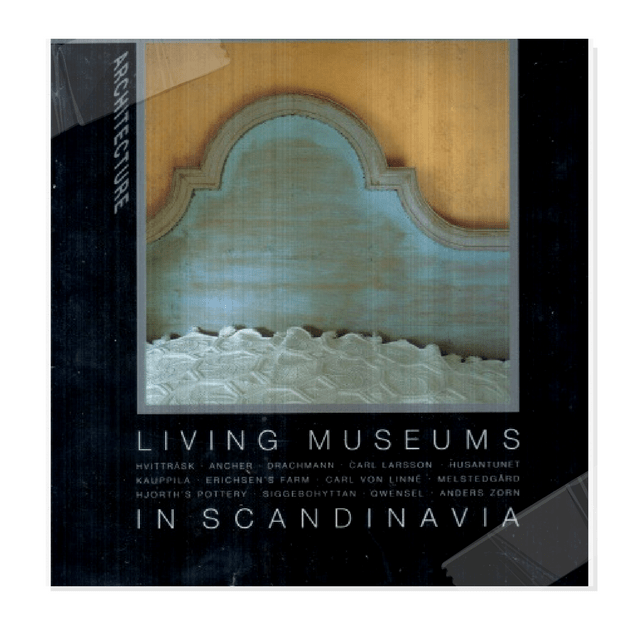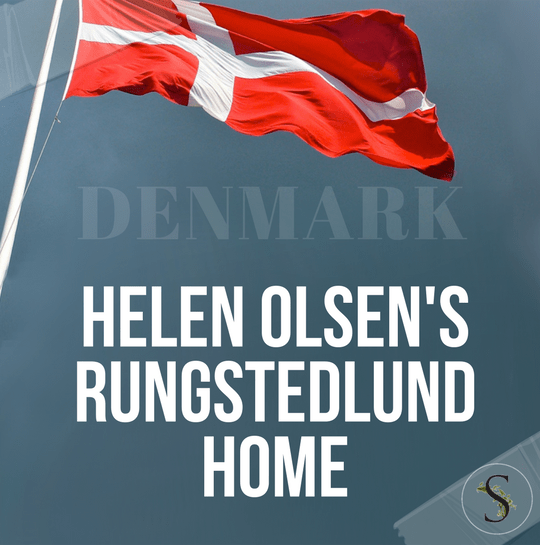Living Museums in Scandinavia By Per Nagel- On Amazon From $89 An inspiring, interesting and useful insight into Swedish life and interior decoration of the past. This is a lavish photographic guide to 13 historic houses in Scandinavia that have been preserved exactly as their original owners left them. They have now been opened to […]

